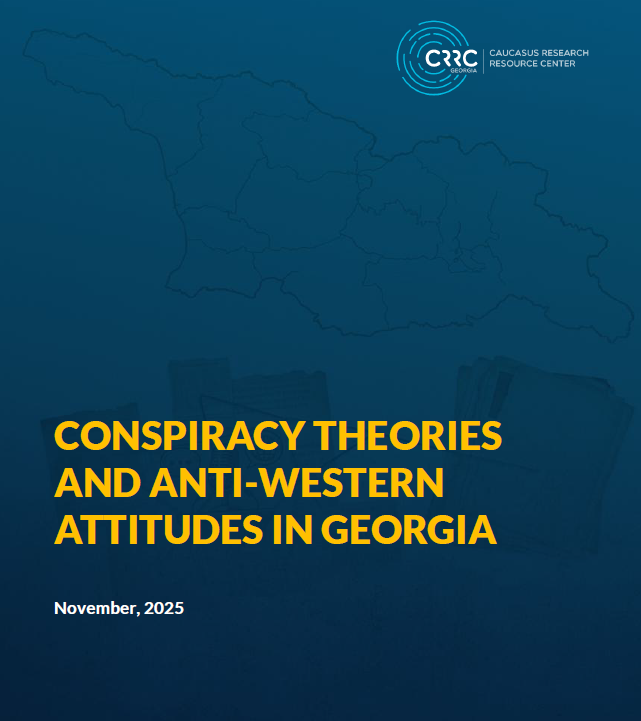Rashida Abdullayeva examined a curious relic from Cold War days: in Gabala, Northern Azerbaijan, there is a giant radar station, which is leased out to Russia until 2012. According to reports citing the Russian Ministry of Defence the radar station has a range of up to 6000 km, was designed to detect missile launches from the Indian Ocean, and hosts around 1200 Russian servicemen. It is generally accepted that this powerful radar has a significant impact on the environment and the health of the local population. A somewhat dramatic assessment can be found here.
But what does the the local population actually know about the hazards? Although they complain of symptoms such as headaches, dizziness, and chronic ailments, there seems to be little awareness of potential preventive measures that could at least alleviate the impact of the electromagnetic rays.
On her CRRC research grant, Abdullayeva put together a short booklet documenting very simple preventive measures, such as blocking direct line-of-sight between the radar station and settlements (even planting small trees, she says, could help here). She also has extensive photographs of her fieldwork, showing a fairly hapless, resigned population, as well as deformed animals. It is not a public health baseline study (which might be difficult to conduct), but still conveys a powerful impression.
The radar station is likely to remain a bargaining chip in the complex tournament of Russian-Azerbaijani relations: Russians want to keep the asset, Azerbaijanis are happy that they have an asset that gives them some leverage on Russia.
Details of the study online, in Azerbaijani.







